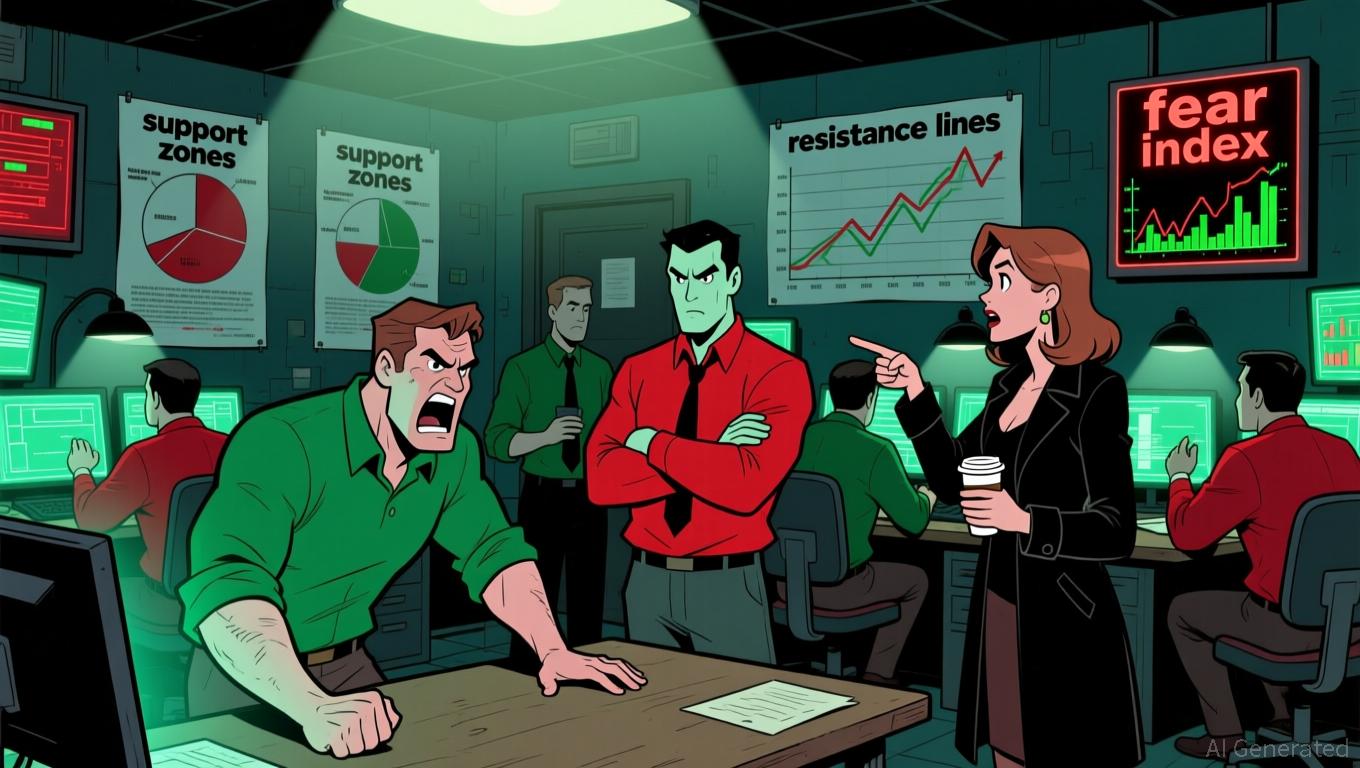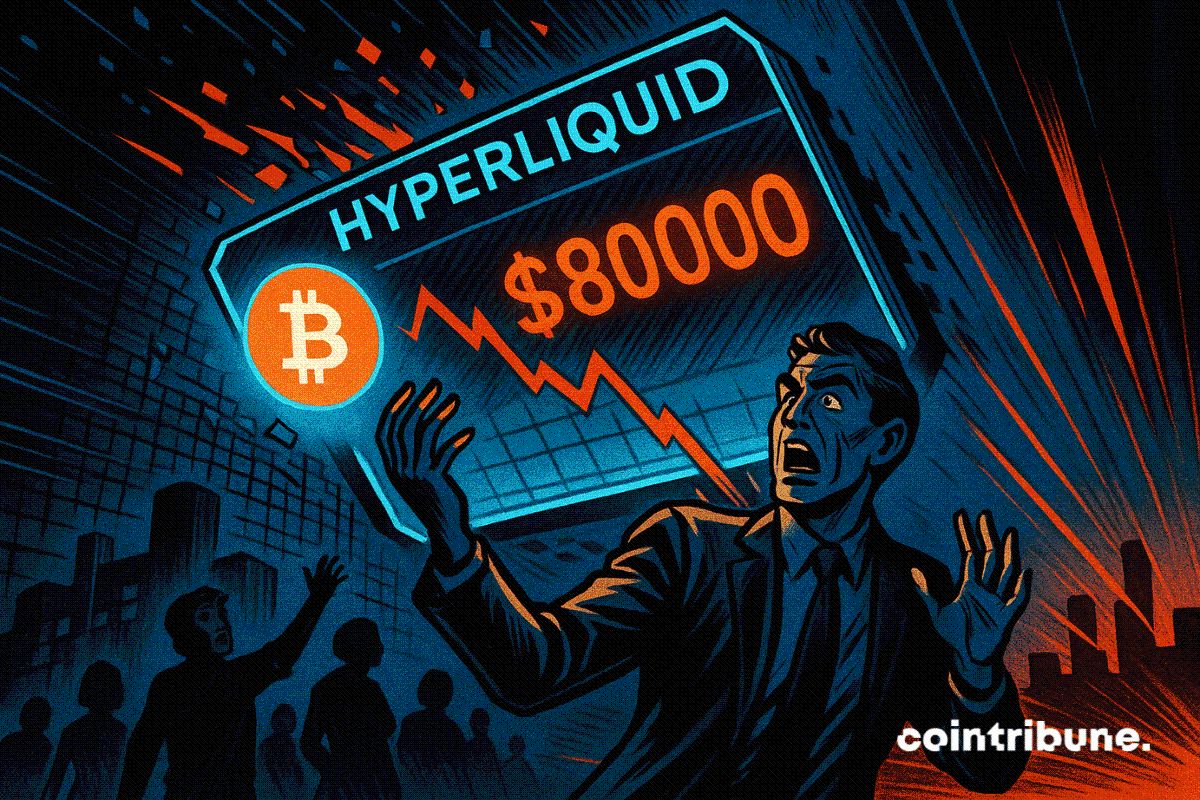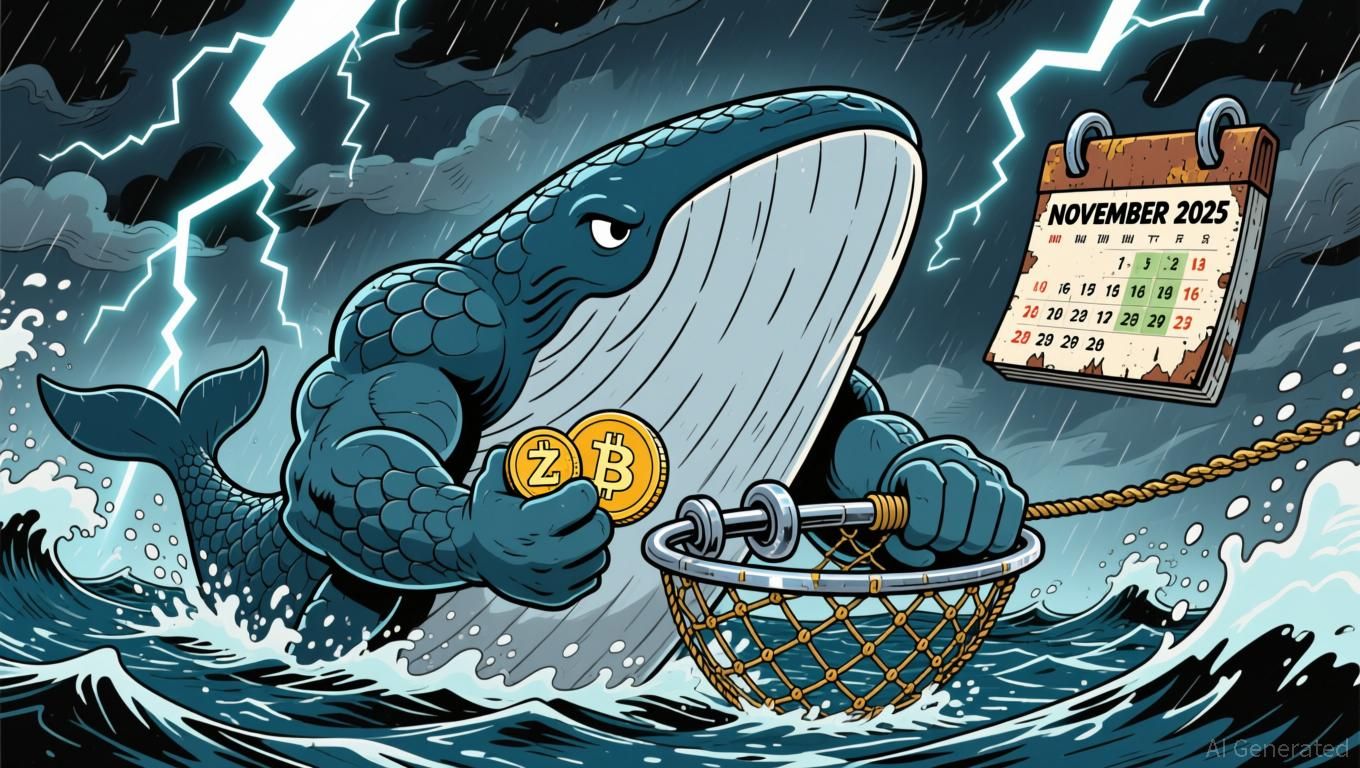News
Stay up to date on the latest crypto trends with our expert, in-depth coverage.
- HYPE token surged 380% in 2025 via institutional partnerships and retail FOMO, despite volatile corrections. - Retail demand amplified by wallet integrations and fee cuts created self-reinforcing speculative cycles. - TNSR and MMT tokens mirrored HYPE's pattern, showing FOMO-driven surges followed by sharp declines. - Social media hype and low-liquidity assets exposed risks of emotional trading and market manipulation. - Historical bubbles reinforce the need for long-term discipline amid crypto's hype-dr

- Bitcoin surged 1.63% to $84,000 on Nov 23, 2025, after hitting a seven-month low, amid mixed bearish and bullish signals. - A 4.53% drop on Nov 21 triggered $1.9B in liquidated leveraged positions and a $120B market cap loss in one day. - Analysts debate sustainability of recovery, citing extreme retail fear, historical bullish reversals, and retesting of key technical support. - Crypto-related stocks like Coinbase and Bitcoin ETFs rose, but institutional confidence wavered as MicroStrategy fell 5%. - Un


- Whale shorts 4,574.87 ZEC ($2.66M) with 5x leverage and opens 20x BTC long (367.36 BTC, $31.63M) on Nov 23, 2025. - ZEC surges to $700 (2018 high) amid November 2025 halving reducing block rewards by 50%, tightening supply. - Largest ZEC short on Hyperliquid (60,870.43 ZEC) faces $22M loss, with liquidation risk at $1,112.45. - Whale’s BTC long aligns with post-liquidation rebound expectations, as BlackRock ETF outflows and Fed uncertainty boost BTC. - ZEC’s halving-driven bullish narrative (shielded sta
- 09:58Bitcoin market capitalization rebounds to surpass $1.7 trillion, rising to 8th place among global assetsAccording to ChainCatcher, bitcoin's market capitalization has rebounded and surpassed 1.7 trillion USD, currently reported at 1.72 trillion USD. It has overtaken the Vanguard Total Stock Market ETF (1.703 trillion USD), rising to 8th place in the global asset market capitalization rankings.
- 09:43Tom Lee: Shorting MSTR has become the market's preferred hedge against declines, revealing deeper structural issues.BlockBeats News, November 23, BitMine Chairman and CEO Tom Lee stated that a certain exchange has become the preferred tool for crypto investors to manage risk, which partly explains why its stock price has dropped 43% over the past month. "Strategy may be the most important indicator to watch right now, as it is both a bitcoin proxy stock and the most liquid alternative asset," Lee said in an interview with CNBC on Thursday. Due to the limited tools available to directly hedge losses in the crypto market, institutional traders have turned to shorting the stock of a certain exchange. The company holds nearly 650,000 bitcoins, making its stock price closely tied to bitcoin's performance. "In my view, when crypto market participants try to hedge losses in their bitcoin and ethereum positions, they have no other way to hedge except by shorting its liquid alternative stock—and this exchange is the best choice," Lee explained. He added that native hedging tools such as bitcoin and ethereum derivatives lack sufficient liquidity for large funds, "Any investor holding a large-scale long position in bitcoin... has very limited hedging capability in the crypto derivatives market." But this exchange provides a workaround. "Investors can use the highly liquid options chain of this exchange to hedge all crypto asset risks," Lee pointed out. "Essentially, this exchange is absorbing all the hedging pressure generated by the entire crypto industry to protect long positions." Lee also mentioned the lingering impact of the October 10 market crash, which wiped out $20 billions in market value and destroyed the exchange's liquidity. "This completely devastated market makers," he called market makers the "central banks" of the crypto market. Since then, systemic cracks have persisted, and the liquidity of altcoins, mining stocks, and bitcoin proxy assets such as this exchange remains thin. In the current downturn, MSTR is one of the hardest-hit targets. Lee believes this is partly because it has taken on the role of the market's "pressure valve." He pointed out that the underlying structure of the crypto market remains fragile, and the phenomenon of this exchange becoming a hedging tool is revealing deeper structural issues.
- 09:43Benson Sun: Multiple bottoming signals have been observed, and the market has fully priced in the negative expectation of MSTR being removed from the index.BlockBeats News, on November 23, crypto KOL and former FTX community partner Benson Sun posted on social media that his quantitative long positions had been paused since the stop loss at $90,000, and have just now been restarted. He has observed multiple bottoming signals and expects a wide-ranging supply-demand balance zone to form here, which provides enough volatility for quantitative strategies to conduct swing trading. As for MSTR being removed from the index, he believes the market has already fully priced in this expectation—now, this kind of illogical sharp decline is essentially no different from already being removed from the index. He is still holding his long positions with an average entry price of $81,500 and will continue to hold until overall liquidity dries up before exiting.